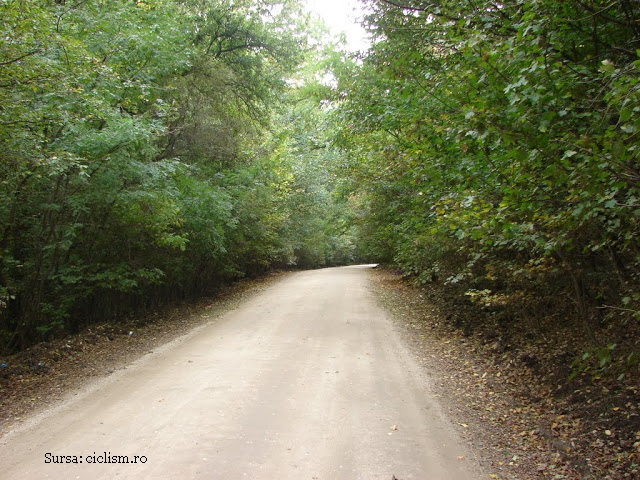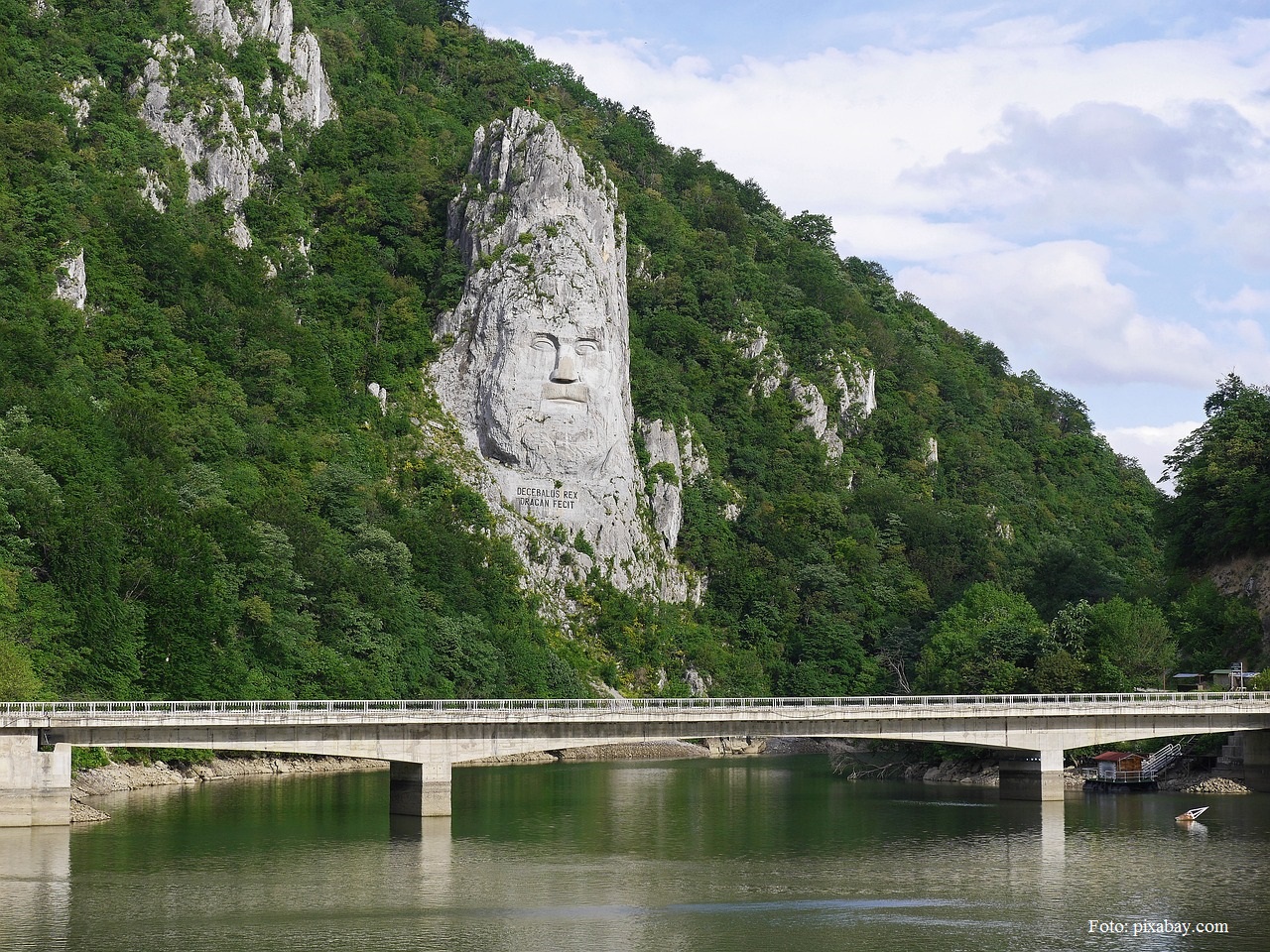Romania’s windbreak system
The need for windbreaks to protect soil from erosion and keep snow from drifting onto roads first appeared in the 19th century.

România Internațional, 28.11.2014, 13:46
In 1860 agronomist Ion Ionescu de la Brad was the first to create a plantation of trees to shield his farmland against strong wind. Shortly afterwards large estates in the Ialomita area started using the first windbreaks, usually consisting of several rows of acacia. Contributing to the development of those shelterbelts were the plantations surrounding manors and household enclosures.
In 1884 authorities started fixing in place sandbeds in the Southern region of Oltenia. There, between 1890 and 1895, for the first time the authorities used acacia windbreaks to fix some 3,000 hectares of mobile and semi-mobile sands, Romania being among the first countries in the world to use the method. Whereas for centuries, most sands were stabilized in southern Romania, protected by forest belts and natural meadows, in time the growth of agriculture and deforestation led to the emergence of sandstorms.
After the havoc wrought by the droughts of 1929 and 1935, everyone seemed to agree that windbreaks were the only solution. At first, the shelterbelts were introduced on a scattered area, without being interconnected. Originally they were built to protect grazing grounds and farmland. Starting 1950 however authorities began to connect the windbreaks, thus creating a network around several experimental stations.
The land reform of 1945 added some 1,000 hectares of shelterbelts, particularly in the Ialomita, Buzau and Braila areas. In 1958 people first protested against those works, criticizing the policy of expanding farmland. Thousands of hectares of windbreaks were cut down, in addition to snow fences around railways and shelterbelts protecting experimental research facilities. Adam Craciunescu, the general manager of the National Forest Administration — Romsilva:
“Every year snowfalls cause problems in the plains of Baragan in the south, but also in western and eastern Romania. The wind blows at high speed, damaging the infrastructure. In that respect, it would be a good idea to set up windbreaks along roadways, railways and motorways. The windbreaks were also used to protect the crops. We had an ambitious plan in Romania after 1906 and up until the interwar period, when the first national program was initiated to mount shelterbelts. There was a whole grid of windbreaks in the Baragan Plains. At present we can still see them in southern Dobrudja, where foresters and engineers worked together to create a network of windbreaks”.
This autumn, the National Forest Administration Romsilva has kicked off works to build the first windbreak in the last 25 years in Ialomita County alongside A2 motorway, on an 11-km section, covering some 24 hectares. Romsilva officials claim feasibility studies allow for building a 600-km-long network of windbreaks at national level. However, the success of the project depends on landlords, who must give their written consent to have windbreaks built on their property. People who own land near national roads are encouraged to join the program and allow the works to carry on, in exchange for an annuity. If landlords don’t agree, Romsilva will then move to dispossess people of their property for public utility. Adam Craciunescu:
“The state returned nationalised land to its original owners without taking into account those araes. Therefore after the 1990s we realized they were redundant. Parliament passed a windbreak law, but this is not enough at present, because the state does not own those surfaces. Here, in Fetesti, for instance, we managed to take some 24 hectares of land from the State Property Authority and move them to the National Forest Administration. Today it is the first section of shelterbelts that will be built alongside A2 motorway”.
In 10 years the state can build all the windbreaks Romania would need, Adam Craciunescu also said, adding however that this is by no means a first in itself. For the first time since 2002, when the windbreak law was passed, theNational Forest Administration now has a budget to implement it. This year the budget stood at 30 million lei, a sum that should be doubled as from 2015. Adam Craciunescu:
“At national level we need some 1,720 kms of windbreaks for protecting roads and crops. After the feasibility study we now know where the windbreaks should be set up, but we still have to solve the problem of landlords who won’t give up their property. The Forest Administration will take measures to dispossess those landlords to allow works to continue. Top priority will be given to A2 motorway, national and county roads in southern and eastern Romania, which need those windbreaks to secure road traffic in wintertime”.
Today, windbreaks cover some 2,000 hectares in Romania, which only accounts for 10% of demand.






























